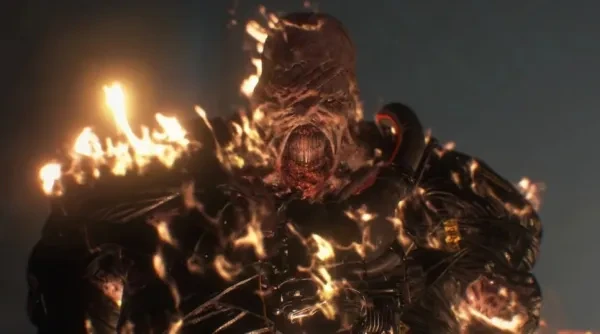
15. Graphics options
How the game’s resolution looks, and how many fps it can run. Settings: Low-End PC: Performance priority, useful for low-end rigs and laptops. Medium-end PC: Balanced/Graphics priority, the game looks and runs well. High-end PC: Max, for the best graphic options available
14. Unlock Frame Rate
At how many frames per second should the game run.Settings: Low-End PC: 30 fps, for the game to run smoothly and no performance issues. Mid-End PC: 60 fps, a smoother performance. High-End PC: Unlocked, can reach up to 240fps, the best performance
13. Key Mapping
Mapping keyboard commands; key binding. Settings: Low-End PC: It’s the same for all PCs; all the tweaking it needs depends on how the player wishes to use the controls. Medium-End PC: Same as low-end.High-End PC: Same as medium-end
12. Controller Support
Option to connect a controller for playing the game. Settings: Low-End PC: It’s the same for all PCs; it depends on whether the player wants to use a controller to play. Medium-End PC: Same as Low-End. High-End PC: Same as Medium-End
11. HDR
Stand for High Dynamic Range. It's the range of the lightest tones to the darkest tones within a photo. It measures the intensity of the light, in other words. Low-End PC: Depends on the monitor of your PC. Medium-End PC: Depends on the monitor of your PC. High-End PC: Depends on the monitor of your PC.
10. Texture Quality
Resolution of the textures being used. Low-End PC: High 1gig, it doesn't eat as much VRAM.Mid-End PC: High 2gig.High-End PC: High 4gig, you probably won't notice much difference when using 8gig, and it eats much more VRAM
9. Ambient Occlusion
A shadowing technique employed to make 3D objects look more realistic by simulating the soft shadows that would naturally occur when indirect or ambient lighting is cast out onto the scene. Low-End PC: SSAO, decent for low and mid-end PCs. Medium-End PC: SSAO, just like above. High-End PC: HPAO, suitable for this range of PCs
8. Shadow Quality
Quality of the textures of shadows. Low-End PC: in high, it drops to consuming 1gig of VRAM with no real loss of fidelity. Medium-End PC: high is the way to go. High-End PC: There is no real point in running it on Max, so high is once again the way to go.
7. Reflections
It’s used to render reflective objects like mirrors and shiny surfaces. Low-End PC: No in-between, either on or off, although it bumps up looks. Medium-End PC: No in-between. High-End PC: No in-between, and it even has in-gameplay effects, as zombies appear on reflections.
6. Bloom
It’s used to reproduce an imaging artifact of real-world cameras. Low-End PC: Once again, there is no in-between, either on or off. Medium-End PC: It provides a foggy effect over neon signs. High-End PC: It bumps up usage by 4%, so just leave it on.
5. Anti-Aliasing
A technique that smooths out the edges of images. Low-End PC: Low-edge FXAA. Mid-End PC:TAA. High-End:SMA
4. Depth of field
It simulates the way that the human eye perceives depth by blurring objects in the background. Low-End PC: It is best to leave it enabled for issues in cutscenes. Medium-End PC: Leave enabled. High-End PC: Leave enabled
3. Lens distortion
It simulates the view as if through a camera lens Low-End PC: either on or off, up to the player’s decision. Medium-End PC: up to the player’s decision, although many don’t like it..High-End PC: Up to the player
2. Fidelity Effects and Upscaling
It’s the level of representation of, or in accordance with, reality. Low-End PC: It’s a personal preference, as there is almost no difference. Medium-End PC: Up to the player. High-End PC: Ris 100%, up to you.
1.RTX
Known as Ray Tracing Texel Extreme, it provides real-time ray racing to make the video look more beautiful. An RTX card is needed. Low-End PC: It’s either on or off. For low-end, it's best to leave it off. Medium-End PC: Turn it on, as it makes the game more beautiful, but it’s more demanding on your PC. High-End PC: Definitely turn it on.
